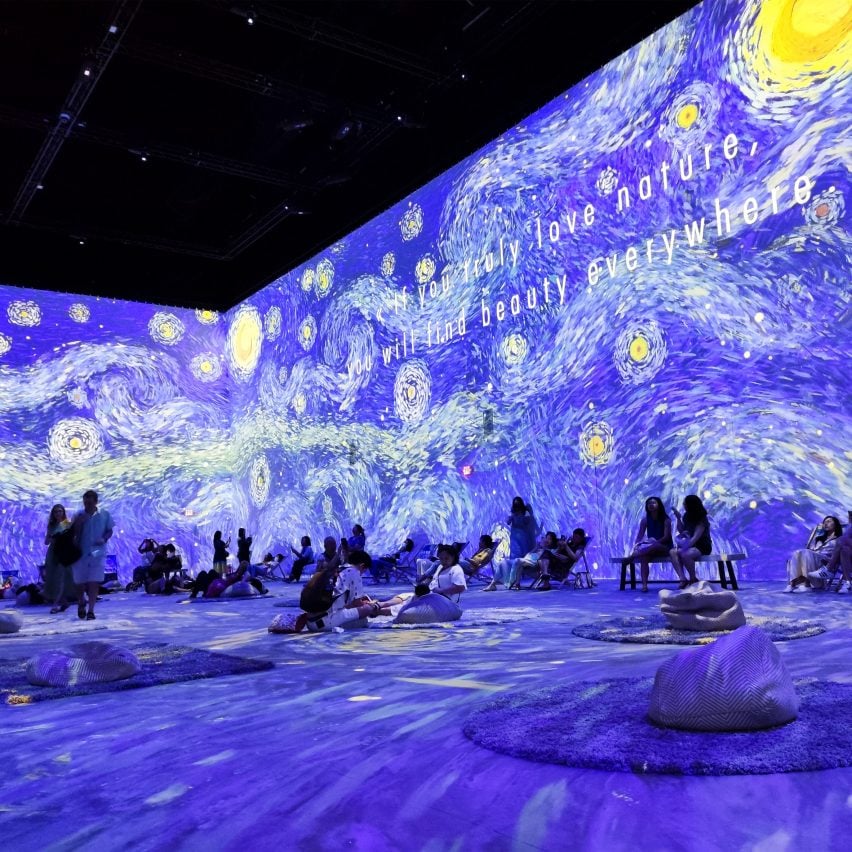"The distinction between theme parks and urban venues is rapidly dissolving"

As "immersive experiences" continue to proliferate, Shane Reiner-Roth considers the implications for our relationship with architecture and the built environment.
It was not long ago that advancements in OLED displays, projection-mapping and digital signage appeared to be the key to reinvigorating art and architecture, as well as public interest in both of these fields.
In her 2011 book Kissing Architecture, the architectural theorist Sylvia Lavin catalogues examples of "superarchitecture", which she defines as "architecture in contact with incommensurable forms of time, movement and immateriality that coalesce to produce socially enveloping and therefore political effects".
We are seeing "immersive experiences" pop up in nearly every city with a tourism economy The video artwork of "superarchitects", including Pipilotti Rist and Doug Aitken, is not only projected onto architecture by "kissing" its surfaces, but intensifies architectural effects by allowing the legibility of both forms of media to "give way to the experience of perception itself".
The ability of superarchitecture to socially envelop audiences, in other words, would encourage the public to slow down their daily pace, pay attention to the finer details of the built environment and, perhaps, even reevaluate their responsibility to one another as they co-inhabit public space.
But we haven't heard a lot about "superarchitecture" in ...
| -------------------------------- |
| presentation N V 181007 1330 IA LAND |
|
|
Villa M by Pierattelli Architetture Modernizes 1950s Florence Estate
31-10-2024 07:22 - (
Architecture )
Kent Avenue Penthouse Merges Industrial and Minimalist Styles
31-10-2024 07:22 - (
Architecture )






